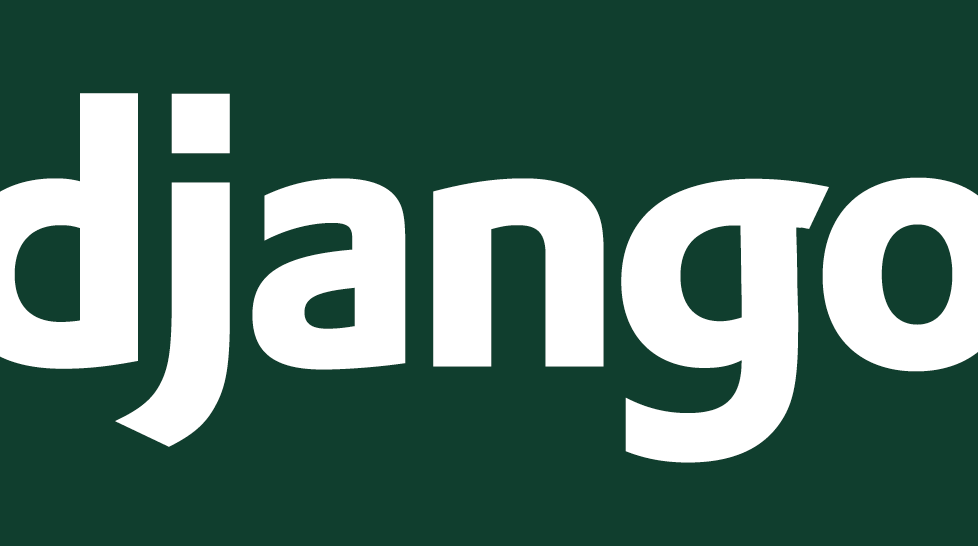Why Django Is A Good Choice For Front-End Development


Continuing with our discussion of choosing a framework in an age of endless options, we now arrive at one of the most popular Python frameworks today that is widely used for the purpose of Back-End Development. Django is a free, open-source, high-level fully-featured server-side web framework that is aimed at encouraging rapid development of secure and maintainable websites and promoting pragmatic design practices. Because of its active, responsive and thriving community, detailed documentation and free-for-all approach, it has become one of the most popular server-side web frameworks available in the market today.
Developed around July 2005, Django is a semi-opinionated web-development framework, which provides a set of tools and components aimed at handling common tasks in web development in a few different ways, borrowing from several common code and design patterns. Its decoupled architectural style allows developers to choose from a wide range of options and add support for new ones should we choose to add them. It follows a batteries-included philosophy which implies that the common functionality for building web applications will be bundled in the form of a framework rather than as separate libraries. Django also follows the MVT architecture – Model-View-Controller (MVC) architecture, which allows a developer to change the visual aspects of an application or the business logic of the application without either one affecting the other.
Let us take a look at some of the merits and benefits that Django provides that has made it one of the most popular languages in the market today :-
Thus, we can see the Django framework has many merits and benefits that make it extremely popular among all developers. In the next article in these series, we shall be taking a look at some other backend frameworks.
DISCLAIMER: The author is solely responsible for the views expressed in this article. The author carries the responsibility for citing and/or licensing of images utilized within the text.
